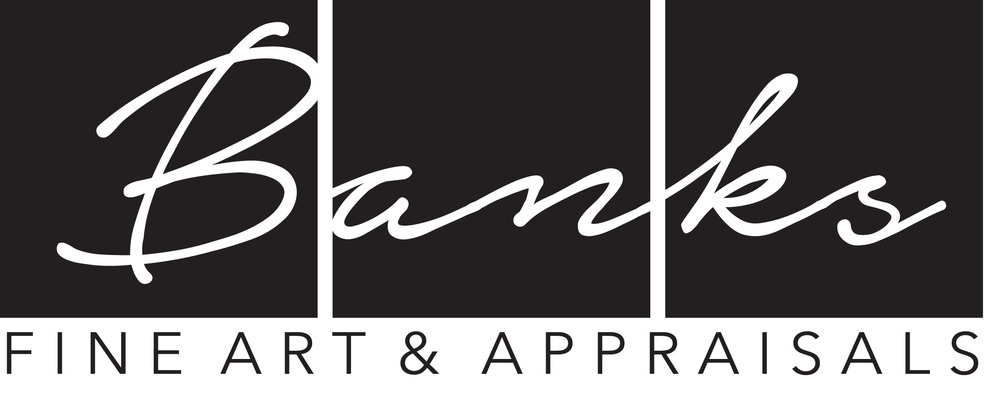Yoshida Hiroshi, "Atami Hot Spring" Woodblock Print 10 3/4 x 16 1/4
Yoshida Hiroshi, "Atami Hot Spring" Woodblock Print 10 3/4 x 16 1/4
Lone female figure kneeling by the side of a hot-spring. Characters line the edges of the work. Framed Size: 24 1/2 x 18 1/4
Collected by a major museum
Indianapolis Museum of Art at Newfields
Selected exhibitions
2018
Sea to Mountain: Landscapes of Japan,
Ronin Gallery
2017
After the Bath,
Ronin Gallery
Worldly Visions: Hiroshi Yoshida,
Ronin Gallery
Printmaker and painter Yoshida Hiroshi was a leading figure of the Shin Hanga movement that revived traditional Japanese woodblock printing in the early 20th century. He was widely traveled and knowledgeable of Western aesthetics, yet maintained an allegiance to traditional Japanese techniques and traditions.
Around the age of twenty, Yoshida left Kurume to study with Soritsu Tamura in Kyoto, subsequently moving to Tokyo and the tutelage of Shotaro Koyama. There, Yoshida studied Western-style painting, winning many exhibition prizes and making several trips to the United States, Europe and North Africa selling his watercolors and oil paintings. In 1902, he played a leading role in the organization of the Meiji Fine Arts Society into the Pacific Painting Association. While highly successful as an oil painter and watercolor artist, Yoshida turned to printmaking upon learning of the Western world’s infatuation with ukiyo-e.
Following the Great Kanto Earthquake of 1923, Yoshida embarked on a tour of the United States and Europe, painting and selling his work. When he returned to Japan in 1925, he started his own workshop, specializing in landscapes inspired both by his native country and his travels abroad. Yoshida often worked through the entire process himself: designing the print, carving his own blocks, and printing his work. His career was temporarily interrupted by his sojourn as a war correspondent in Manchuria during the Pacific War. Although he designed his last print in 1946, Yoshida continued to paint with oils and watercolors up until his death in 1950.
Related Categories
Modern and Impressionist Prints,
Representations of Architecture,






